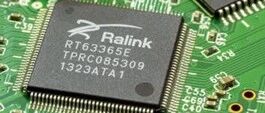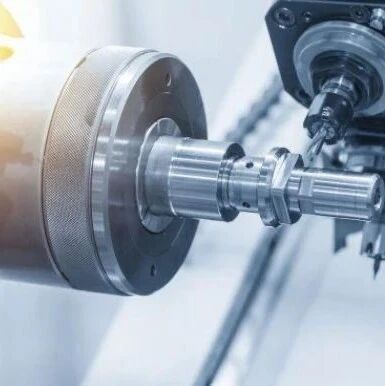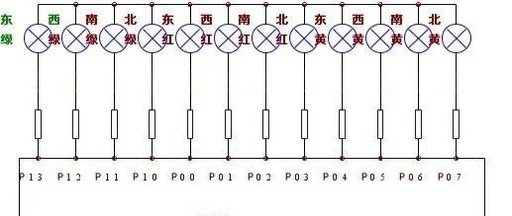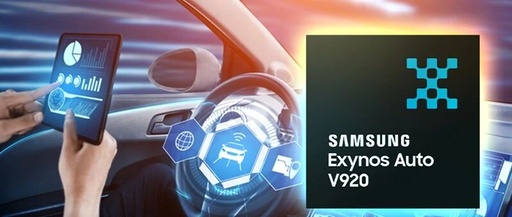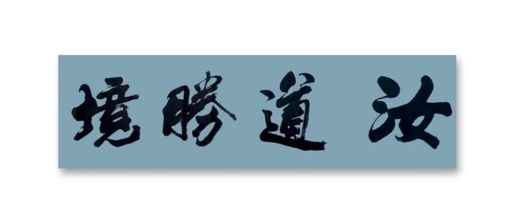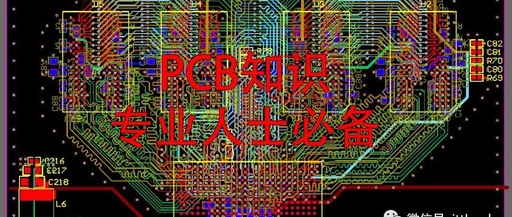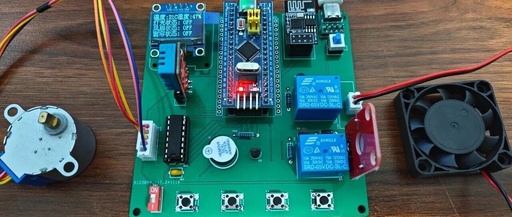Applications of Industrial CT in the Semiconductor Field: Key Technologies for Enhancing Quality and Reliability
In today’s highly digitalized era, semiconductors are crucial components of electronic devices, making their quality and reliability essential. Industrial CT (Computed Tomography) technology, as an advanced non-destructive testing method, is gradually demonstrating its unique advantages and broad application prospects in the semiconductor field. 1. Introduction to Industrial CT Technology Industrial CT is a technology that … Read more
